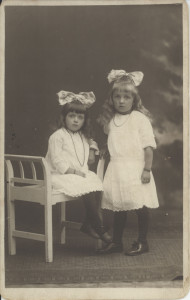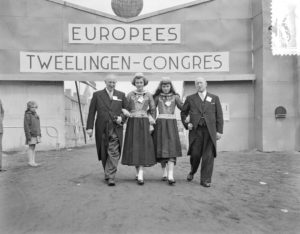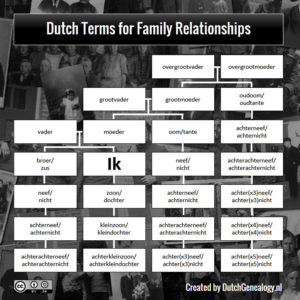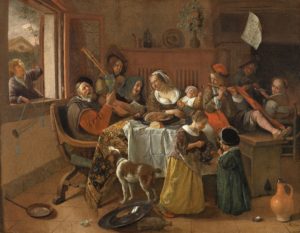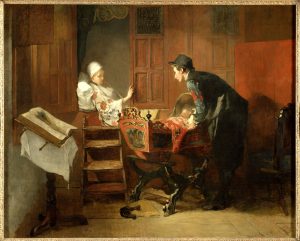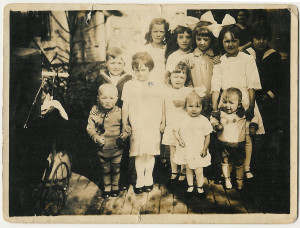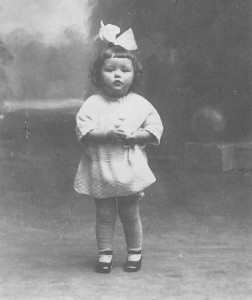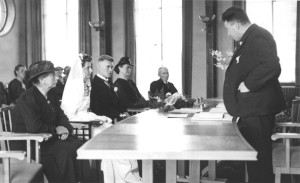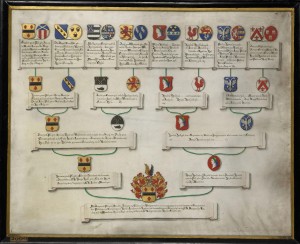A voorkind, literally a before-child, is a child born before the marriage. In the 1900s, this term was commonly used for a child born out of wedlock, before the mother was married. In the 1600s and 1700s, it could be used to describe the children of a previous marriage. For example, in a will, you may find a parent describing what to leave to the voorkinderen (children from a prior marriage) and what to leave to the nakinderen (after-children), of the current marriage. … [Read more...]
Dutch term – Tweeling
The Dutch word tweeling (literally: two-ling) means twins. Similarly, drieling means triplets, vierling means quadruplets, vijfling means quintuplets, and zesling means sextuplets. The word tweeling is used for the set of twins. There is no singular Dutch word for a twin. You can say "ik heb een tweelingbroer" [I have a twin brother], "ik heb een tweelingzus" [I have a twin sister] or a parent can say "ik heb een tweeling" [I have twins]. You can also say "Ik ben één van een tweeling" [I am … [Read more...]
Quick tip – Don’t Confuse Cousins, Nieces, and Nephews
In Dutch, the word neef can mean either nephew or male cousin, while the word nicht can mean either niece or female cousin. Automatic translators sometimes translate the terms with nephew and niece only, which can lead you to the wrong conclusion about family relationships. … [Read more...]
Dutch term – Gezin
A gezin is a nuclear family, consisting of a couple and their children. Other family members who lived in the same household can be considered part of the gezin too. … [Read more...]
Dutch term – Van Halven Bedde
Van halven bedde literally means "from half a bed." It is a term indicating half-siblings or half-aunts and -uncles. For example, if somebody refers to a woman as her "zuster van halven bedde" [sister from half a bed] this refers to a half-sister and a "oom van halven bedde" [uncle from half a bed] refers to a half-uncle. … [Read more...]
Dutch term – Family Relationships
This diagram shows you the Dutch terms for the most common family relationships. In practice, we don't use the more distant relationships than achterneef/achternicht; we just call them "verre neef" or "verre nicht" [distant cousin]. … [Read more...]
Dutch term – Achternicht
An achternicht (literally: behind cousin) is a female relative. The term covers the English terms great-niece, first cousin once removed and second cousin. The male form is achterneef. … [Read more...]
Dutch term – Oudoom and Oudtante
An oudoom is a great-uncle, an oudtante is a great-aunt; siblings of your grandparents. The literal translations are "old uncle" and "old aunt," respectively. … [Read more...]
Dutch term – Schoonmoeder
A schoonmoeder is a mother-in-law. In older documents, the term is also sometimes used for stepmother (another type of mother-by-marriage). … [Read more...]
Dutch term – Achterneef
An achterneef (literally: behind cousin) is a male relative. The term covers the English terms great-nephew, first cousin once removed and second cousin. … [Read more...]
